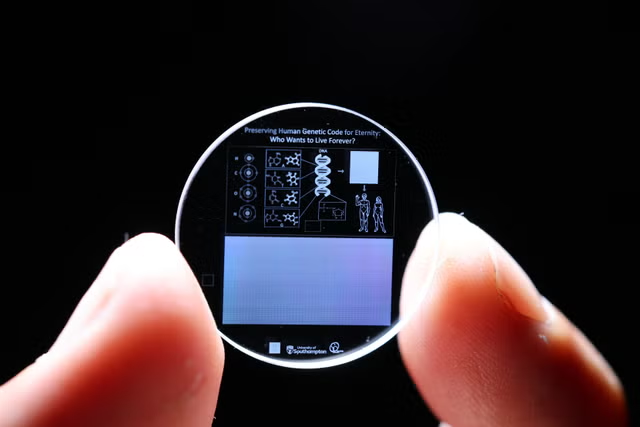COVID-19 wastewater levels remain high across the U.S. despite a decrease in positive cases across the country. However, viral activity varies significantly across the country, new data from the U.S. Centers for Disease Control and Prevention shows.
As of September 13, the overall viral activity level in wastewater across the country has been demoted from "very high" to just "high," although "very high" levels are still being detected in 21 states. These are particularly concentrated in the West. Sixteen states now exhibit "high" levels of wastewater activity, and eight are classed as "moderate."
Meanwhile, "low" levels have been detected in Michigan and Rhode Island, with "minimal" levels, the lowest classification, seen in New York.
After a surge in COVID-19 cases this summer, infection rates do seem to be on the decline. Positive tests now account for 14.9 percent of all COVID tests (excluding at-home testing) in the U.S., down 1.6 percent from the previous week.
Coronavirus levels do remain high in certain states, especially those in the Southern and Central U.S.
The map below shows which states have seen the highest detections in wastewater.
Viral levels in wastewater are a helpful indicator of disease prevalence within a population.
Recent spikes in COVID-19 cases have been largely driven by a new class of subvariants nicknamed FLiRT after the position of the mutations on the virus' spike proteins, the projections that allow them to enter our cells.
These proteins are also used as targets by immune systems and vaccinations, so changes in their structure can allow the virus to bypass the body's defenses more easily. However, existing vaccines are likely to provide at least some form of protection against more severe symptoms and long COVID.
As of August 31, the now dominant subvariant, KP.3.1.1, accounted for more than 50 percent of all U.S. COVID-19 cases over the previous two weeks, according to the CDC, with the FLiRT variants accounting for more than 80 percent of cases in total.
However, while the U.S. has seen a steady rise in infections over the summer, hospitalizations and deaths have remained relatively low. It appears that the new FLiRT variants, while more infectious, do not generally cause such severe symptoms.
The symptoms include the following, according to the CDC:
- Fever or chills
- Cough
- Shortness of breath
- Fatigue
- Muscle or body aches
- Headache
- Loss of taste or smell
- Sore throat
- Runny nose
- Nausea or vomiting
- Diarrhea
More vulnerable individuals may still be at risk of severe illness, so it is important to self-isolate if you receive a positive COVID test.
Is there a health problem that's worrying you? Do you have a question about coronavirus? Let us know via health@newsweek.com. We can ask experts for advice, and your story could be featured in Newsweek.
Disclaimer: The copyright of this article belongs to the original author. Reposting this article is solely for the purpose of information dissemination and does not constitute any investment advice. If there is any infringement, please contact us immediately. We will make corrections or deletions as necessary. Thank you.



